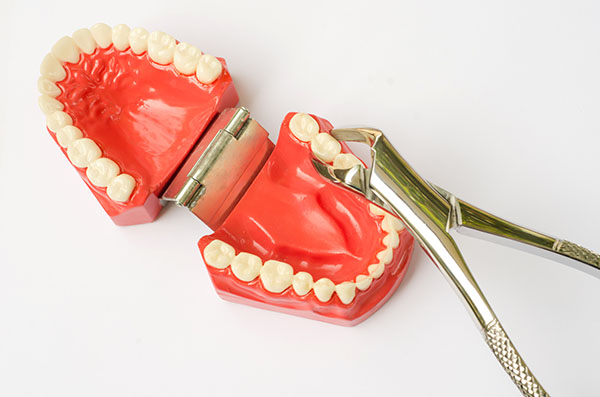When it comes to dental health, there are times when saving a tooth is the best option, while in other cases, extracting the tooth may be necessary. Knowing when to save and when to extract a tooth is crucial for maintaining good oral health. In this article, we will explore the factors that dentists consider when making this decision.
Choose to Save a Tooth when Possible
While there are instances where extracting a tooth is necessary, as dentists we always strive to save natural teeth whenever possible. Here are some situations where saving a tooth is feasible by utilising following techniques:
1. Root Canal Treatment
If the caries has affected the inner pulp of a tooth becomes infected or damaged, a root canal treatment can often save the tooth by removing the infected tissue and sealing the root canal. Apicectomy can be planned if the lesion is very large and not expected to heal through an RCT alone.
2. Post & Core
Even if the tooth is grossly destructed but has 2mm of sound dentin circumferentially (ferrule), it can be saved through post and core. Fibre posts of carbon metal posts, any can be used to reinforce the tooth structure and save the tooth.
3. Dental Crowns:
Crowns can be used to restore and strengthen teeth that have undergone significant decay or damage. This helps preserve the natural tooth structure. It also helps to preserve unnaturally large fillings and is a treatment of choice for crown level fractures.
4. Periodontal Treatment:
In cases of gingivitis, early intervention with periodontal treatment can help save teeth by addressing the underlying infection and improving gum health. Restorability of the tooth can increase gingival surgeries are planned in a way to increase the crown length.
My addition to the factors mentioned – if the tooth is in a strategic position, save it and use it!
For example:
- If it is a canine – try your best to save it. Canine holds a very unique position in the arch, the cornerstone tooth with long roots. It has a huge role to play in lateral guidance i.e excursive movements. So it is preferred to retain it with post and core if ferrule is present.
- If there is a premolar present on both sides and a complete denture is being planned – give a tooth supported overdenture. It aids in stability of the denture and prevents rocking.
Choose extraction for teeth with hopeless prognosis
1. Caries
If a tooth has extensive decay or damage that cannot be repaired through fillings or dental restorations, extraction may be recommended. This is especially true if the decay or damage extends deep into the tooth’s furcation.
2. Mobility
Gingivitis can cause severe damage to the supporting structures of teeth, including the gums and jawbone. If gingivitis has already progressed to periodontitis, teeth may become loose and extraction may be necessary.
3. Impacted Wisdom Teeth
Wisdom teeth, i.e. third molars, often do not have enough space to fully emerge or develop properly. This can lead to pain, infection, and damage to adjacent teeth. In such cases, extraction is usually recommended.
4. Orthodontic Treatment
In some cases, extracting one or more teeth may be necessary as part of orthodontic treatment. This allows for proper alignment of the remaining teeth and improves overall dental health.
5. Severely Cracked or Fractured Tooth
If a tooth is severely cracked or fractured beyond repair, extraction may be the only option. Leaving a severely damaged tooth in place can lead to further complications and potential infections.
Clinical situations
This extraction versus conservation decision chart enumerates all the clinical factors to help clinicians make this challenging decision.
This chart will help you decide when to save and when to extract a tooth. All levels have to be considered before the final decision.

Reference: Avila G, Galindo-Moreno P, Soehren S, Misch CE, Morelli T, Wang HL. A novel decision-making process for tooth retention or extraction. J Periodontol. 2009 Mar;80(3):476-91.
Please note: the most ignored aspect is the 5th level: restorative factors. Read them carefully and evaluate it well clinically before you make a decision.
The Importance of Professional Evaluation
It is important to note that if you still cannot decide whether to save or extract the tooth, shoot an X-ray, take a clinical picture and send it across to your mentor or a specialist, namely an Endodontist, Periodontist and Prosthodontist, or an experienced general dentist who can determine whether a tooth should be saved or extracted. This one decision can change the course of treatment, number of sittings and costs to the patient. Take time to make this decision – do not be in haste!
Educate the patient that having regular dental check-ups and evaluations are crucial for identifying potential issues early on and taking appropriate action. Instruct to them that maintaining good oral hygiene practices, such as brushing twice daily, flossing regularly, and scheduling routine dental visits, can greatly contribute to preventing dental problems that may require extraction.
By understanding when to save and when to extract a tooth, you can make informed decisions and help generate better treatment plans.




















Comments